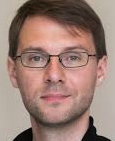
Mikhail M. Otrokov,
Centro de Física de Materiales (CFM-MPC), Centro Mixto CSIC-UPV/EHU, San Sebastián, Spain
IKERBASQUE, Basque Foundation for Science, Bilbao, Spain
Combining magnetism and topology: from magnetic doping to novel interfaces and intrinsic magnetic topological insulators
When: 12:00-13:00 CET, June 15th (Thursday), 2023
Where: Seminar Room, ICMM-CSIC, Campus de Cantoblanco, Madrid
In this talk, I will overview the developments in the field of magnetic topological insulators (MTIs) that led to the discovery of the intrinsic MTIs of the MnBi2Te4 family that attracts a great deal of attention nowadays. First, to describe the context in which materials such as MnBi2Te4 appeared in the research arena, I will discuss the magnetic doping and magnetic proximity effect approaches of introducing magnetism into a TI. Then, the two types of novel and promising interfaces involving MnBi2Te4 compounds will be discussed, as they are expected to show certain advantages over the latter two approaches. Next, the discovery of intrinsic MTIs of the MnBi2Te4 family will be overviewed. Finally, concerning current challenges of this field, we will consider in detail the issue of the Dirac point gap in the MnBi2Te4topological surface state that has caused a lot of controversy recently.

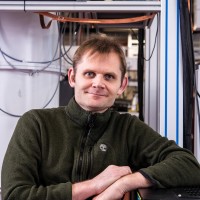
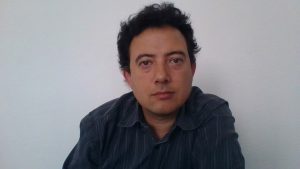
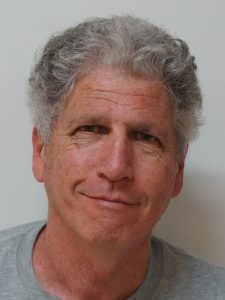
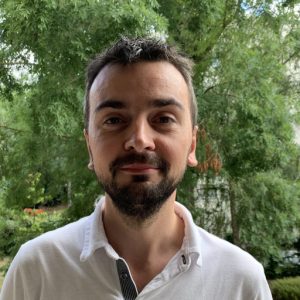
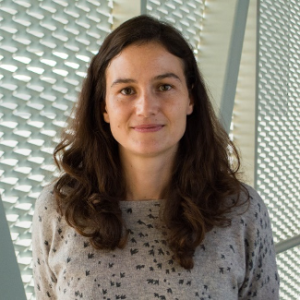
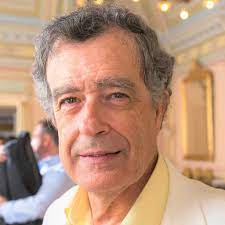
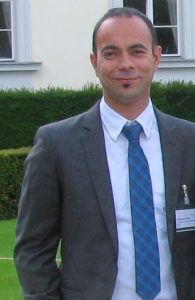
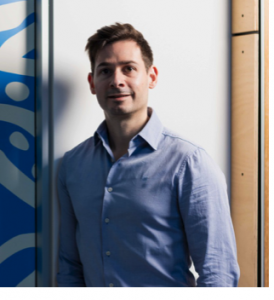 David Martinez-Martin, University of Sidney
David Martinez-Martin, University of Sidney